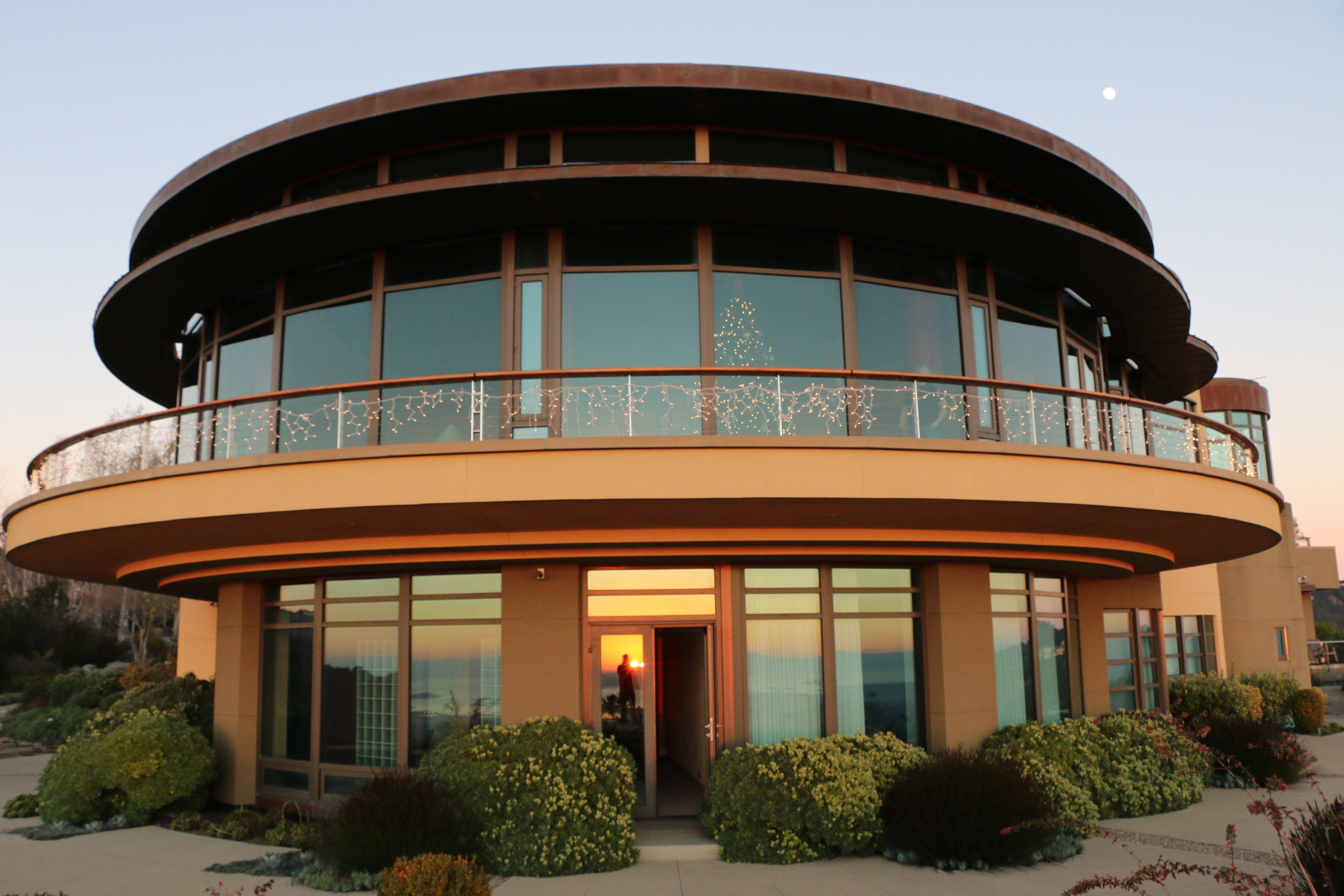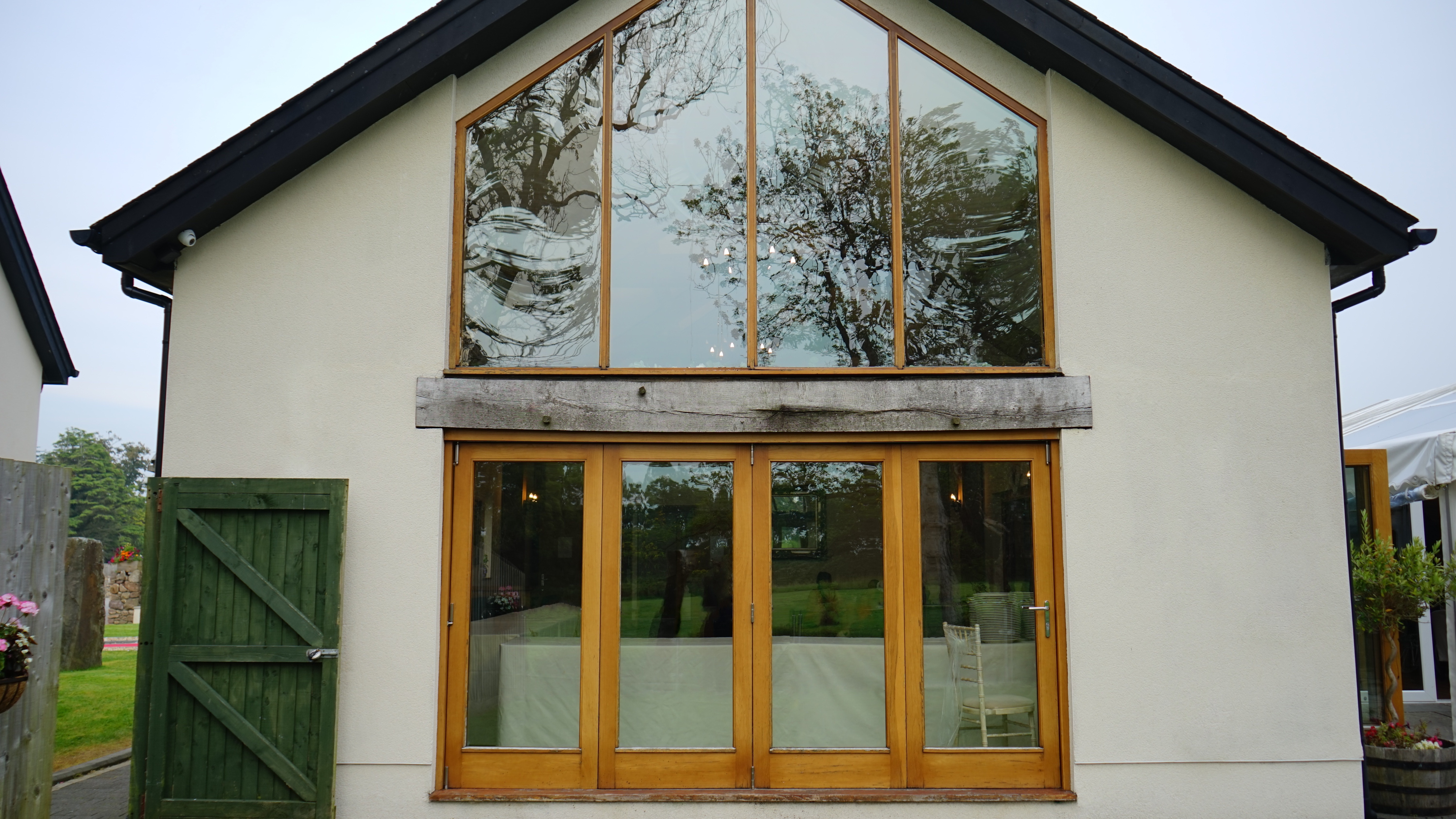They were the biggest houses Australians had ever built and within a few years, the title was upended by the US. Now, 11 years later – we hold this title again for better or worse.
According to CommSec, Australian houses and apartments have seen its largest increase in size for 2019/2020, up 2.9% from the previous year. The US held the previous title with the average house built at 233.1 square metres while Australia had houses built around 235.8 square metres. This is in big contrast to 2018/2019 where the average house built was the smallest in 17 years.
Apartments have grown in size for 6 consecutive years and we’re on trend to build even larger houses. The size of the average apartment grew 6% over the past year to 136.8 square metres, the largest increase seen in 10 years.
The demand for bigger and better homes have implications for home builders, trades, architects and everyone else involved in the construction process. While Government legislation continues to enact policies that reduce carbon emissions - those involved within the industry will have to become more agile in these trends and how they'll affect future development.

Why are Australian's Building Bigger Houses?
With the global pandemic affecting many sectors it has left an impression on many Australians. The lockdowns imposed by the Australian Government have made Australians reassess their housing needs. With more time spent at home for both work and leisure this has resulted in people looking for bigger and more comfortable homes.
While the trend for building smaller houses ended a couple years ago, the question will be whether the larger homes trend will continue as restrictions ease and Australian's return to normalcy.
House-Size Trends From 2020
The ACT built the biggest houses at 256.3m²; followed by Victoria (250.3m²); NSW (235m²); and Western Australia (232.5m²).
For townhouses and apartments, the largest were in Victoria (155m²); ahead of Western Australia (150.5m²); South Australia (149.8m²); and Northern Territory (145.3m²).
The smallest new houses built were in Tasmania (179m²). While the smallest townhouses and apartments were found in NSW (121.3m²) and Tasmania (132.5m²).

What Are The Implications?
It begs the question on what effect this will this have on Australia. With Government incentives for Australians to build new houses, the growing concern is what impact this will have on the environment.
Australia produced 528.7 Million metric tonnes of C02-e.
Over 70% of Australia’s energy use is reliant on coal.
Australians per capita on average contribute 17.27 tonnes of CO2-e. That’s the equivalent of removing over 89,000 square metres of forests or 4.5 ‘MCG’ Sized Footy Fields for every Australian, every year.
The government continues enacting policy regarding carbon emissions and have placed pressure back on developers to ensure they're building sustainably. It becomes a priority to make sure you're working with the best people that can facilitate with this compliance.






